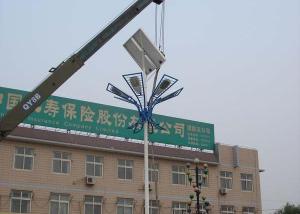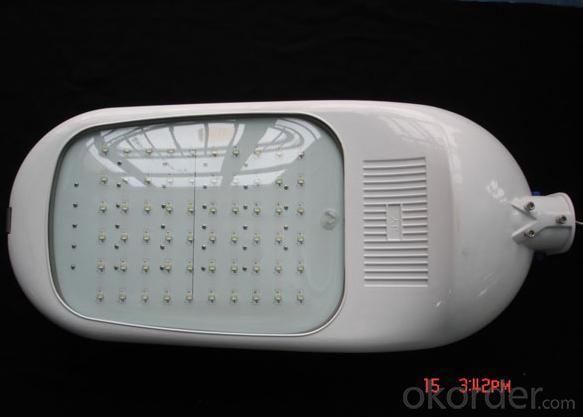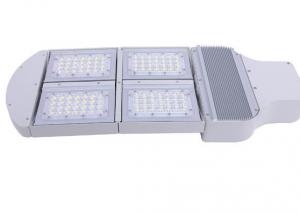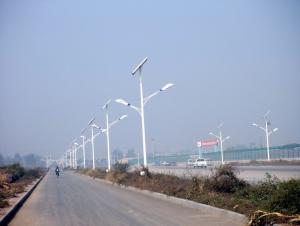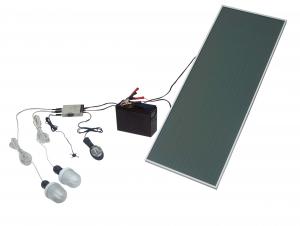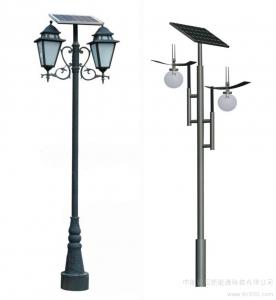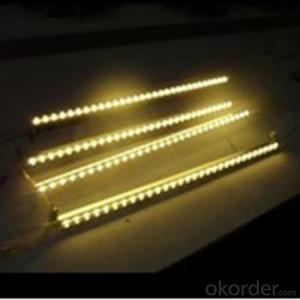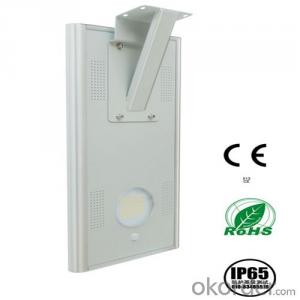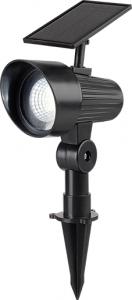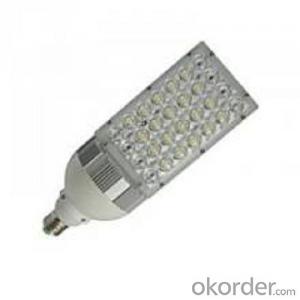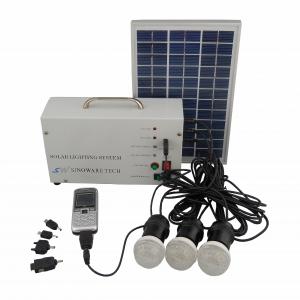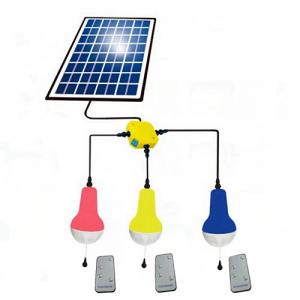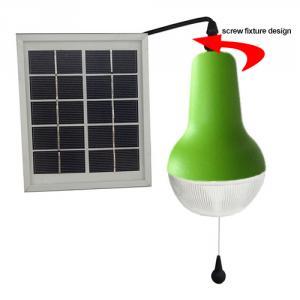LED-105 CNBM Solar Light Driveway Post
- Loading Port:
- Guangdong
- Payment Terms:
- TT
- Min Order Qty:
- 100 unit
- Supply Capability:
- 1-5000/month unit/month
OKorder Service Pledge
OKorder Financial Service
You Might Also Like
Introduction of LED-105 CNBM:
Solar street lights use solar energy as power to lighting during night, poles and solar module are integrated designed, it has wind and hail resistance capacity, the internal use intelligent charging and discharging and microcomputer light control and time control line. This product use the high efficiency lighting source,it has the advantages like high brightness, energy saving, easy installation, stable and reliable, no need to lay the cables, no conventional energy consumption, automatic switch control, and long life,etc. Mainly applied to high way, urban roads, residential area, garden, villas, industrial parks, tourist attractions, green belts of parks and other place for lighting.
Material of LED-105 CNBM:
· High purity aluminum reflector, housing and heat sink;
· High strength tempered glass cover;
· High power LED light source;
· High efficiency LED driver.
Features of LED-105 CNBM:
· 60%-70% energy saving and money saving compared to traditional light;
· Life span>5000000 hours;
· Good color rendering RA>80. Multi-color choice: 2700K-7000K:
· Easy installation & free maintenance;
· Environmentally friendly.
Technical Data of LED-105 CNBM:
Solar panel: imported 40W~280W poly/mono crystalline silicon,20 years life.
Maintenance-free lead-acid/gel battery,12V38AH~250AH, over charge and over discharge protection,5~8 years life.
Controller: solar digital programmable intelligent controller, switch on/off by light and time.
Light source: imported LED light source, 20W~120W, 100000 hours life.
Work time: 10-12 hours a day, and 8-9 rainy days.
Pole: hot dip galvanizing steel pole and coating to color of your choice, with the whole kit of stainless steel fasteners, 20 years life.
Work temperature: -30°C~+60°C
Wind resistance:≥150km/h
Protection grade: IP 65
Height: 6m~12m
(Customized specifications are welcomed, please tell us: 1. What Voltage of LED light do you need; 2. How many days of battery backup is needed; 3. The installation place and road grade.)
Pictures of LED-105 CNBM:

LED-105 CNBM
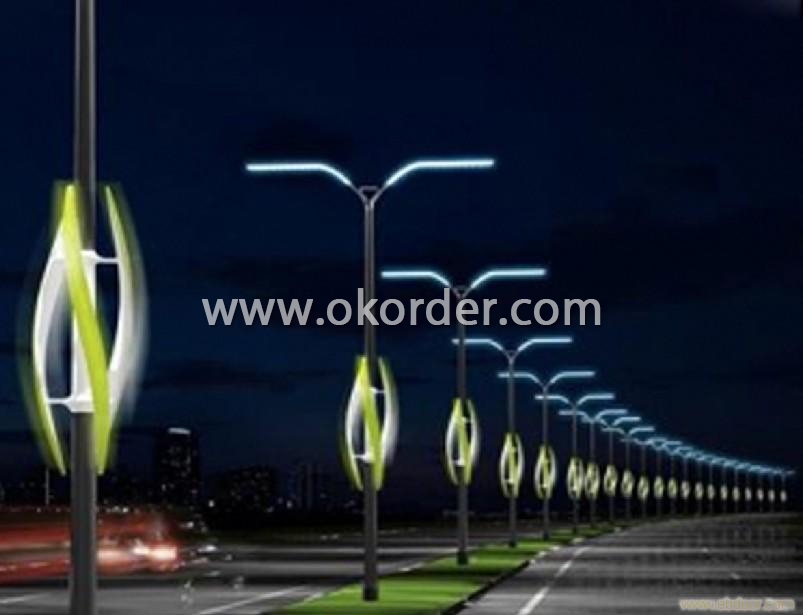
LED-105 CNBM
Packaging & Delivery of LED-105 CNBM
Packaging : Wooden box or Customized
Delivery: Depends on the quantity or Customized
- Q: How do solar lights handle electromagnetic interference from power lines?
- Solar lights are designed to handle electromagnetic interference (EMI) from power lines. They use various mechanisms to mitigate the impact of EMI. Here are some ways solar lights handle EMI: 1. Shielding: Solar lights are often equipped with shielding materials that can block or reduce the amount of EMI that enters the system. These shields are typically made of conductive materials like metal or carbon, which help to absorb or redirect electromagnetic waves away from the sensitive components of the solar light. 2. Filtering: Solar lights may also include filters to remove or minimize the EMI signals that could potentially interfere with their operation. These filters are designed to block specific frequencies or ranges of frequencies associated with power lines, ensuring that only the desired signals reach the internal components. 3. Surge suppression: Power line EMI can sometimes cause voltage surges or spikes, which can damage the electronic components of solar lights. To prevent this, solar lights often incorporate surge suppression devices like varistors or transient voltage suppressors. These devices divert excessive voltage away from the system, protecting it from potential damage. 4. Grounding: Proper grounding is crucial in minimizing the impact of EMI. Solar lights are typically grounded to provide a path for the unwanted electromagnetic signals to dissipate harmlessly into the earth. By establishing a low-resistance path to ground, solar lights can effectively reduce the interference caused by nearby power lines. It is important to note that the level of EMI protection in solar lights may vary depending on the specific model and manufacturer. Some solar lights may offer higher levels of protection against EMI, while others may have limited shielding capabilities. Therefore, it is recommended to choose solar lights from reputable manufacturers that adhere to industry standards and regulations to ensure optimal performance and minimal interference from power lines.
- Q: Are solar lights resistant to fire or overheating?
- Yes, solar lights are generally resistant to fire and overheating due to their design and use of low voltage, renewable energy sources.
- Q: Are there solar lights with built-in Bluetooth connectivity?
- Indeed, one can find solar lights in the market that come equipped with Bluetooth connectivity. These lights have been meticulously designed to offer more than just illumination; they boast additional functionalities like wireless music playback, remote control capabilities, and integration with smart home systems. Thanks to the integrated Bluetooth, users can effortlessly connect their smartphones, tablets, and other Bluetooth-enabled devices to these solar lights, enabling them to control the lights wirelessly. This seamless connection ensures convenient operation and allows for customization of lighting settings, such as adjusting brightness levels, selecting different color options, and even synchronizing the lights with music. Ultimately, these solar lights with Bluetooth connectivity present a contemporary and adaptable lighting solution for both indoor and outdoor spaces.
- Q: Can solar lights be used for park lighting?
- Yes, solar lights can definitely be used for park lighting. Solar lights are a great alternative to traditional electric-powered lights when it comes to illuminating parks. They rely on sunlight as a source of energy, which makes them environmentally friendly and cost-effective. Solar lights are easy to install and require minimal maintenance, making them an ideal choice for parks. They can be strategically placed throughout the park to provide sufficient lighting for pathways, picnic areas, playgrounds, and other recreational areas. Solar lights also enhance safety and security in parks by ensuring visibility during the night. Additionally, they can help create a pleasant ambiance and add aesthetic value to the park. Overall, solar lights are a practical and sustainable option for park lighting.
- Q: Are solar lights suitable for areas with wildlife?
- Yes, solar lights are suitable for areas with wildlife. They are eco-friendly and do not emit harmful chemicals or gases. Additionally, since they do not require electricity, they do not pose a risk of electrocution to wildlife. Solar lights can provide a sustainable lighting solution without disturbing or harming the natural habitat of wildlife.
- Q: Can solar lights be used for road safety or traffic control?
- Yes, solar lights can indeed be used for road safety and traffic control. Solar lights are a sustainable and cost-effective solution for improving road visibility and ensuring safety for motorists, pedestrians, and cyclists. These lights can be installed in various locations such as crosswalks, intersections, roundabouts, and construction zones. Solar lights are equipped with photovoltaic panels that absorb sunlight during the day and convert it into electricity, which is then stored in batteries. This stored energy is utilized to power the lights during the night, ensuring continuous illumination. Due to their reliance on solar power, these lights do not require any external power source or wiring, making them easy to install and maintain. By using solar lights for road safety and traffic control, several benefits can be achieved. Firstly, these lights provide enhanced visibility, especially in areas where there is limited or no access to electricity. They can be strategically placed to mark hazardous areas, curves, or intersections, alerting drivers to potential dangers and reducing the risk of accidents. Moreover, solar lights can be programmed to flash or change colors, acting as a warning signal for drivers. For instance, in school zones, solar-powered flashing lights can be used to indicate reduced speed limits during specific hours. Similarly, at pedestrian crosswalks, solar lights can be installed to flash when a pedestrian activates the crossing signal, alerting drivers to stop and yield. Another advantage of using solar lights for road safety is their ability to operate independently during power outages or emergencies. In the event of a blackout, solar lights will continue to function, ensuring that critical areas remain illuminated and visible to drivers. Furthermore, solar lights are environmentally friendly as they reduce reliance on traditional grid electricity and minimize carbon emissions. They contribute to sustainable development and align with the global efforts to combat climate change. In conclusion, solar lights can be effectively used for road safety and traffic control. Their ability to harness solar energy, easy installation, and low maintenance make them a practical and sustainable solution. By improving visibility, providing warning signals, and functioning independently during emergencies, solar lights contribute to creating safer roadways for everyone.
- Q: Can solar lights be used for garden or landscape accents?
- Yes, solar lights can definitely be used for garden or landscape accents. Solar lights are designed to harness energy from the sun and convert it into electricity, which powers the lights. They come in various styles and designs, such as pathway lights, spotlights, string lights, and lanterns, making them perfect for adding accents to your garden or landscape. Solar lights are easy to install and do not require any electrical wiring, as they operate independently. This makes them ideal for illuminating walkways, highlighting specific plants or features, or creating a magical ambiance in your garden. They can be strategically placed to enhance the visual appeal of your landscape, creating a warm and inviting atmosphere. In addition to their aesthetic benefits, solar lights are also eco-friendly and cost-effective. They do not rely on electricity from the grid, reducing your carbon footprint and helping to conserve energy. Once installed, they require minimal maintenance, as they automatically turn on at dusk and off at dawn. This means you don't have to worry about turning them on or off manually or changing batteries frequently. Overall, solar lights are a fantastic choice for garden or landscape accents. They provide an easy and sustainable way to enhance the beauty of your outdoor space while being environmentally friendly.
- Q: What type of batteries are used in solar lights?
- Rechargeable batteries known as NiMH (Nickel Metal Hydride) or Li-ion (Lithium-ion) batteries are the most frequently used type of batteries in solar lights. These batteries are favored for their high energy density, extended lifespan, and ability to retain a charge for long periods of time. NiMH batteries are commonly utilized in solar lights due to their cost-effectiveness and ability to adequately power the light fixtures. However, Li-ion batteries have gained increasing popularity in recent years as they offer greater energy storage capacity and a longer lifespan. Ultimately, the choice of battery for solar lights may vary depending on the manufacturer and specific requirements of the light fixture.
- Q: Are there solar lights for camping tents?
- Yes, there are solar lights specifically designed for camping tents. These lights are compact, lightweight, and equipped with solar panels that charge during the day, providing illumination during the night. They are a convenient and eco-friendly solution for lighting up your camping tent.
- Q: What are the components of a solar light system?
- A solar light system is typically composed of multiple components that collaborate to generate and supply light using solar power. These components comprise: 1. Solar Panels: The primary element of a solar light system, solar panels convert sunlight into electricity through the photovoltaic effect. Made up of several solar cells containing semiconductor materials, usually silicon, these panels absorb sunlight and produce electrical energy. 2. Battery Storage: A solar light system incorporates a battery to store the electricity generated by the solar panels during the day. This enables the system to provide light even in the absence of sunlight, such as during nighttime or cloudy weather. The battery stores the surplus energy produced during the day and releases it as needed to power the light source. 3. Light Emitting Diode (LED) Lights: LED lights are the preferred choice for solar light systems due to their energy efficiency and long lifespan. These lights convert electrical energy into light with minimal energy loss, making them ideal for solar-powered applications. Compared to traditional incandescent or fluorescent lights, LED lights consume significantly less power, allowing the solar system to operate for extended periods. 4. Charge Controller: A charge controller is also integrated into a solar light system to prevent overcharging and over-discharging of the battery. This controller regulates the flow of electricity between the solar panels, battery, and light source, ensuring efficient charging and optimal battery performance. It safeguards the battery from damage caused by overcharging or deep discharge, thereby prolonging the battery's lifespan. 5. Mounting Structures and Fixtures: Mounting structures and fixtures are necessary for the installation of solar panels and lights. These components provide stability and secure the solar panels in place, ensuring proper alignment to capture maximum sunlight. Depending on the installation requirements, mounting structures can be pole-mounted, wall-mounted, or ground-mounted. 6. Wiring and Connectors: Wiring and connectors are essential for connecting all the different parts of the solar light system. These components allow the flow of electricity between the solar panels, battery, charge controller, and light source. Properly sized and insulated wiring, along with reliable connectors, ensure efficient energy transfer and minimize power loss. 7. Optional Components: Additional components can be added to the solar light system based on specific requirements. These may include motion sensors, timers, or remote control systems, which enhance functionality and energy efficiency. Optional components can provide features such as automatic on/off operation, dimming capabilities, or remote monitoring and control. In summary, a solar light system combines solar panels, battery storage, LED lights, charge controllers, mounting structures, wiring, and optional components to create a sustainable and energy-efficient lighting solution.
Send your message to us
LED-105 CNBM Solar Light Driveway Post
- Loading Port:
- Guangdong
- Payment Terms:
- TT
- Min Order Qty:
- 100 unit
- Supply Capability:
- 1-5000/month unit/month
OKorder Service Pledge
OKorder Financial Service
Similar products
Hot products
Hot Searches
Related keywords

